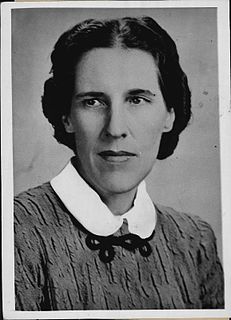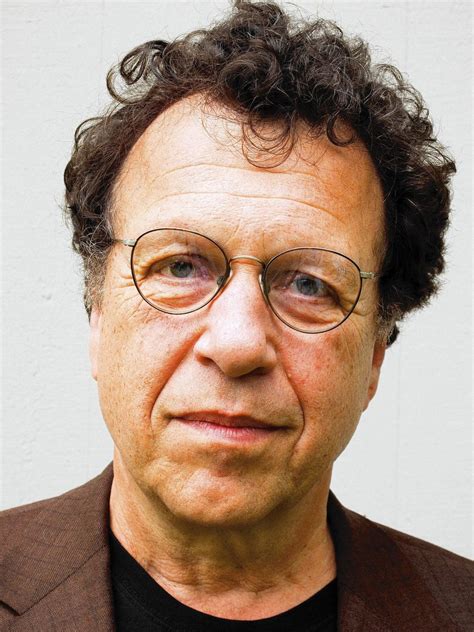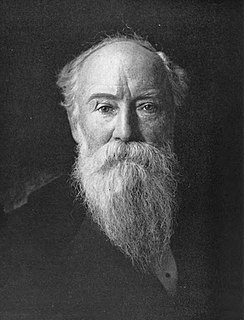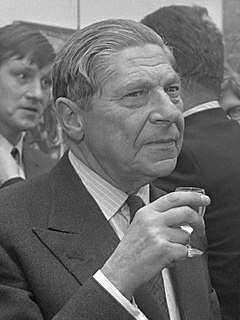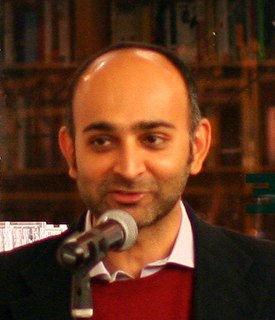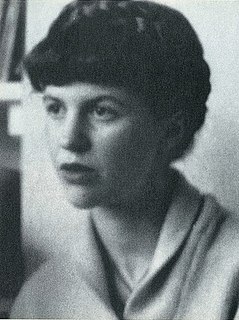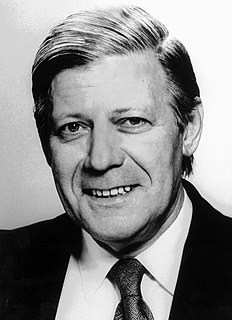A Quote by Catherine Drinker Bowen
In writing biography, fact and fiction shouldn't be mixed. And if they are, the fictional points should be printed in red ink, the facts printed in black ink.
Related Quotes
I think my image gets distorted in the public's mind. They don't get a clear or full picture of what I'm like, despite the press coverage I mentioned early. Mistruths are printed as fact, in some cases, and frequently only half of a story will be told. The part that doesn't get printed is often the part that would make the printed part less sensational by shedding light on the facts.
In a world of intrusive technology, we must engage in a kind of struggle if we wish to sustain moments of solitude. E-reading opens the door to distraction. It invites connectivity and clicking and purchasing. The closed network of a printed book, on the other hand, seems to offer greater serenity. It harks back to a pre-jacked-in age. Cloth, paper, ink: For these read helmet, cuirass, shield. They afford a degree of protection and make possible a less intermediated, less fractured experience. They guard our aloneness. That is why I love them, and why I read printed books still.
I use dull colors in my drawings because I started out using a root beer base, because it seemed like an interesting idea, and when it turned out that it worked quite well as an ink, I started using other colors that would complement it, like grays from Higgins black writing ink and, more recently, Dr. P.H. Martin's olive green and vermilion.
